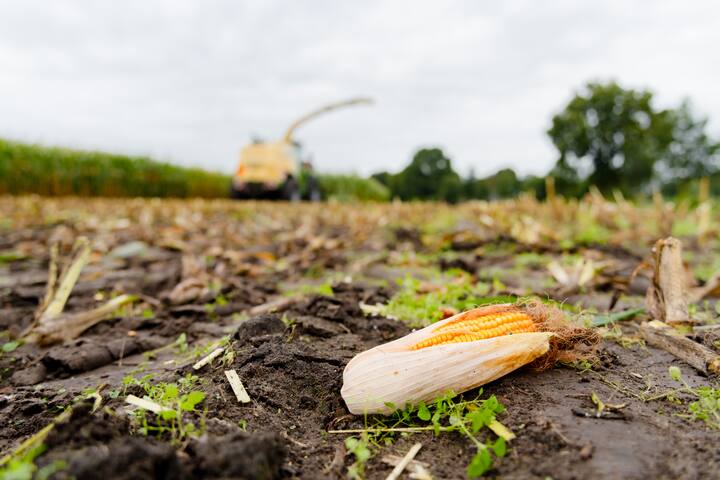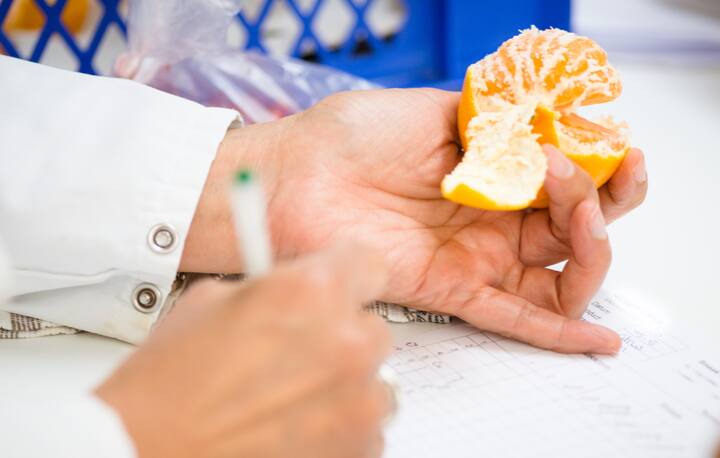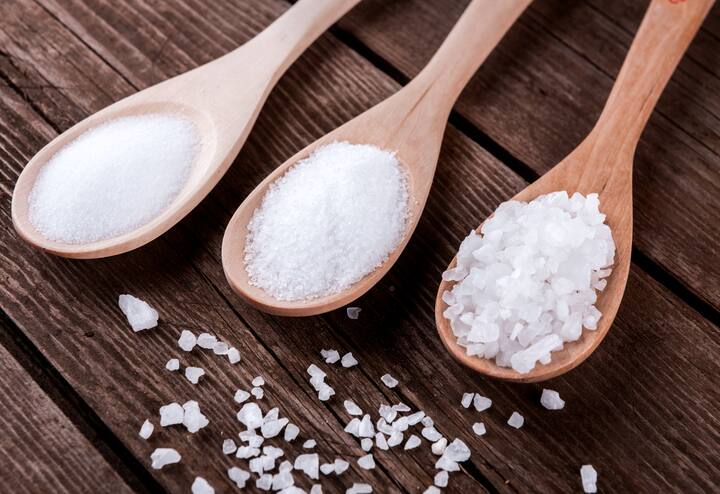
‘s-Hertogenbosch Netherlands
Whitepapers Foodcare

Would you prefer to receive monthly updates on all developments and news in the food industry via email?
Sign up for the newsletter

Product development in Food
Product development begins with an idea to meet new or changing needs. Food manufacturers’ flexibility drives market growth, but quality and food safety standards must always be met.

Salt and sugar reduction
The reasons for reducing salt and sugar in our food are very diverse. So are the possibilities. They are added precisely to appeal to consumers' taste buds (literally). After all, if something doesn't taste good, it won't be bought. Not even with a nice story. But how important is “taste” in the food sector? And why is salt and sugar reduction here to stay?